When was the last time you reached the end of a decent drive in a car and just sat there, listening to the metal cool down, replaying the run in your head? I’d wager that, unless you own a very special car indeed, it was some time ago.
What has happened? First, there are external factors, be they social, geographic or environmental. Truth is, in the mistaken belief that it is speed rather than its inappropriate use that kills, it is increasingly frowned upon to enjoy driving quickly on suitable roads.
Second, as populations expand and cities sprawl ever outwards, we need to go ever farther away to find these roads and, third, when we do, they’re likely to be a whole lot more crowded so we’re less likely to make the effort. But there’s a fourth factor, too. And that is when we do bother to find the right road, although the cars we now drive are undoubtedly quicker and more capable than ever, something has gone missing.
It would be easy to give it a trite and catchy name like ‘the fun factor’; but that’s not it. Cars are fun today – great fun, in fact – but now they are also so damn good that it’s that sense of achievement which has been left behind, the pride felt in knowing that you did more than merely guide the car along the road. You controlled it. You tried to bend it to your will and your presence behind the wheel made a difference. It was not the car providing 100% of the talent because it was insufficiently talented so to do: it needed you as much as you needed it, meaning that you were in it together, a collaborative process leading to safe and memorable passage.
Ford Sierra RS Cosworth and other appreciating classics

And there was that other thing, lurking out there in the darkness: the knowledge that none of this was a foregone conclusion. Ultimately, these cars were on your side only for as long as it suited them to be so; and were you to push But there’s a fourth factor, too. And that is when we do bother to find the right road, although the cars we now drive are undoubtedly quicker and more capable than ever, something has gone missing. It would be easy to give it a trite and catchy name like ‘the fun factor’; but that’s not it. Cars are fun today – great fun, in fact – but now they are also so damn good that it’s that sense of achievement which has been left behind, the pride felt in knowing that you did more than merely guide the car along the road. You controlled it. You tried to bend it to your will and your presence behind the wheel made a difference. It was not the car providing 100% of the talent because it was insufficiently talented so harder, further or faster than they cared to go, they would throw you into the scenery without a blink. And that was part of the appeal, too. Ultimately, these were cars that could be controlled, but they could not be tamed. It made us want to go and drive some more of them. So we did.





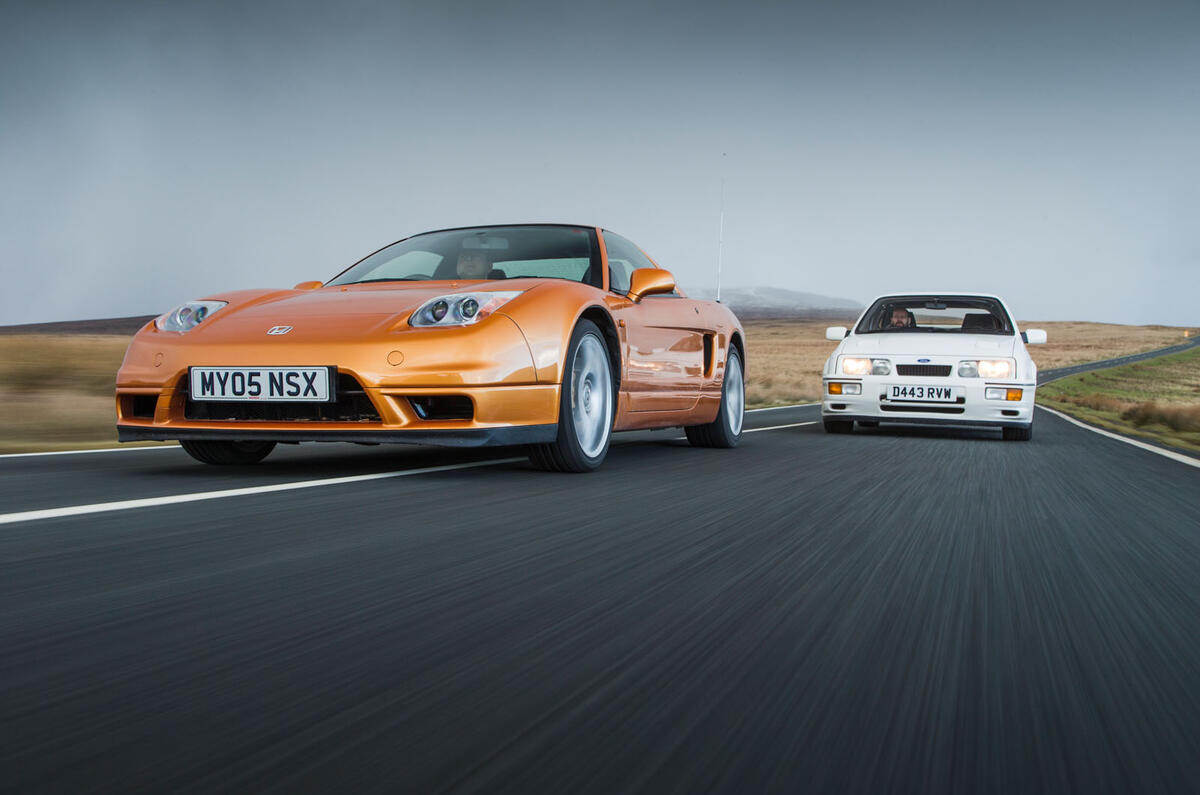











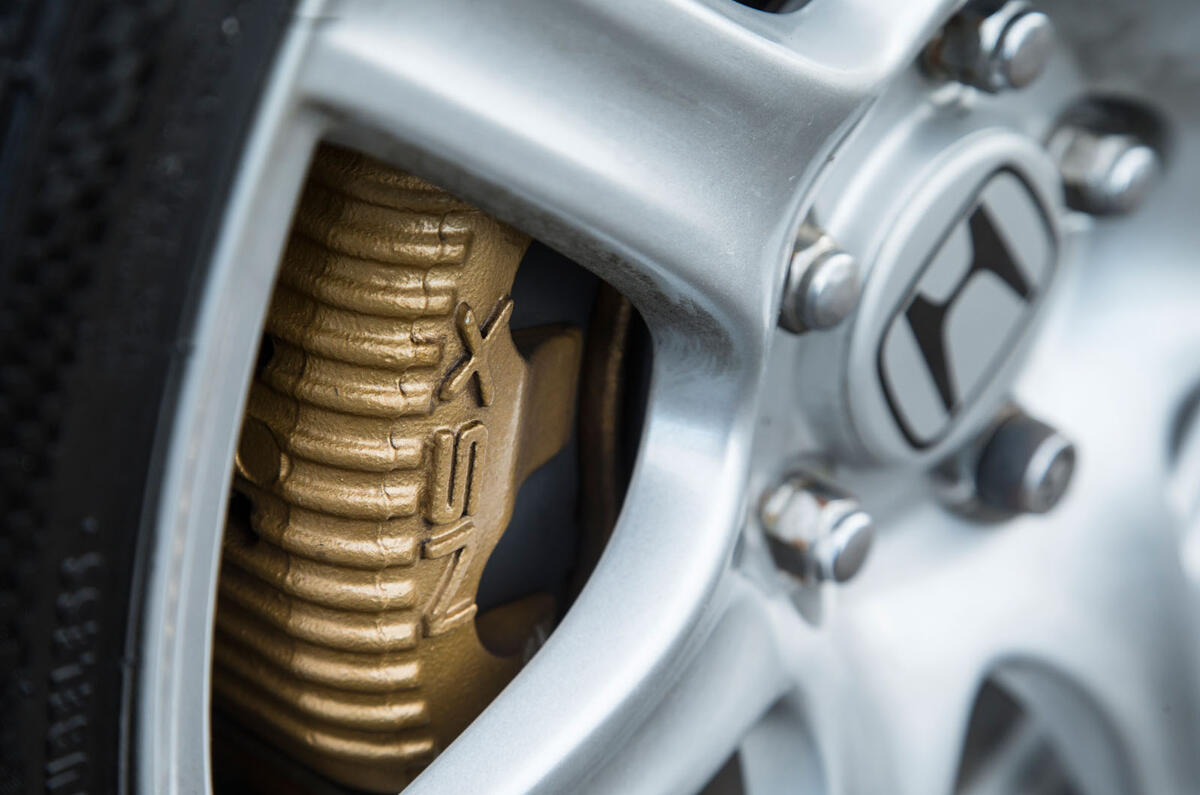



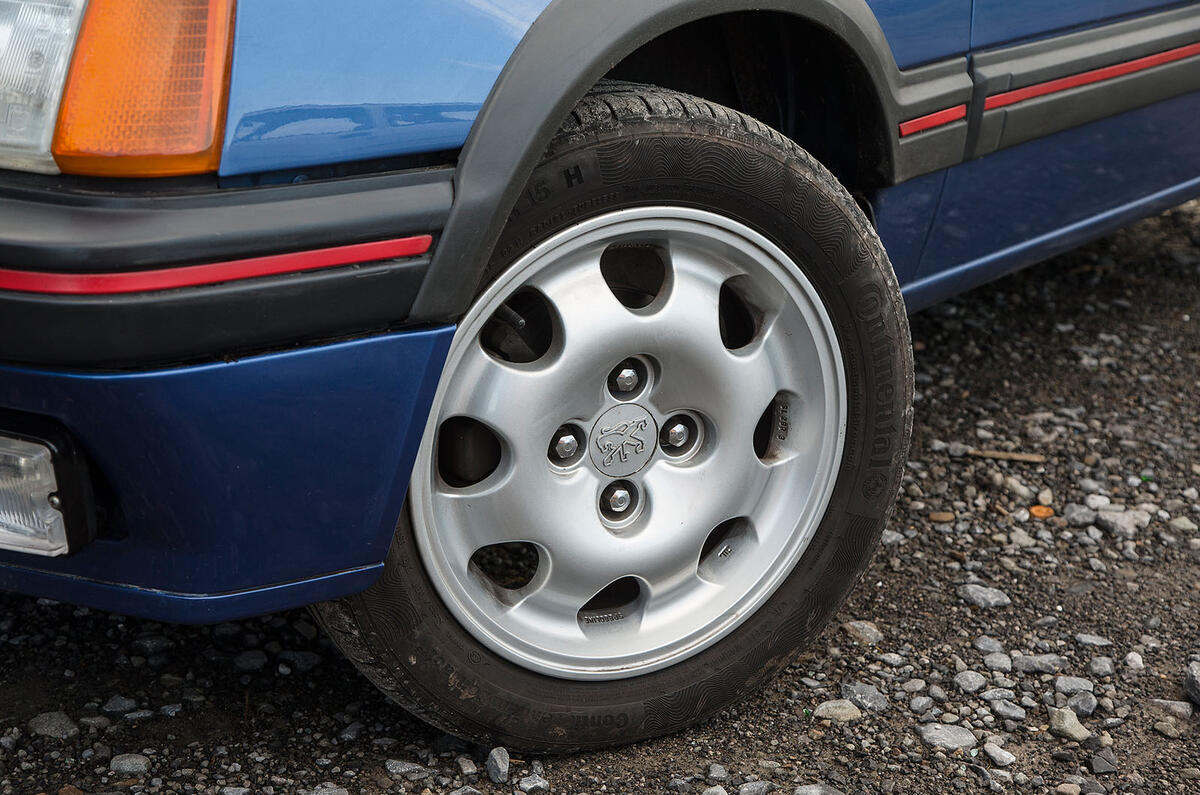








































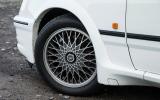







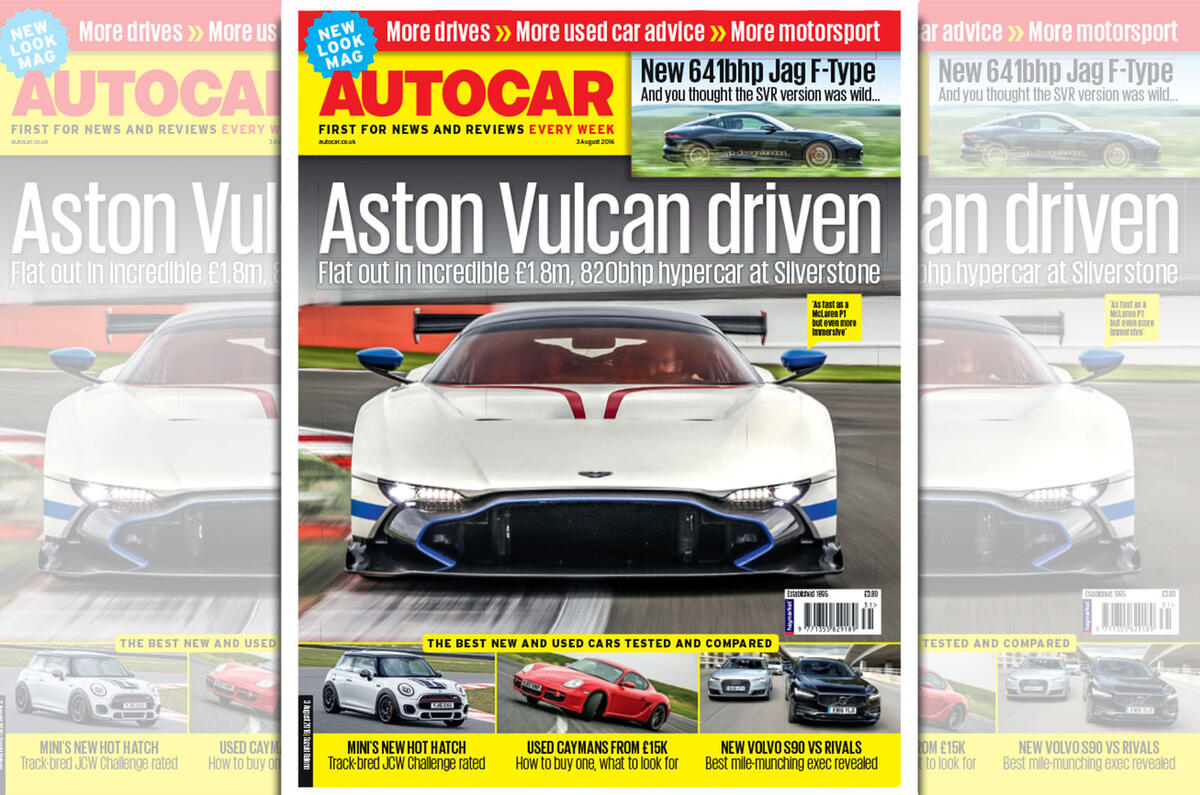


Join the debate
Add your comment
NSX?
I agree with scotty5
problem is, most people dont know what that is - and probably have a wrongly inflated opinion of their skill and machine.So speed kills is a better message for road safety. This is especially true for petrol heads in my opinion. People seem to think that because they are into cars they are good drivers. Safety is all that matters for public roads. Satisfy the ego on a trackday.
Isaac Newton would also agree
The trick is to develop the
No doubt insurance companies well aware